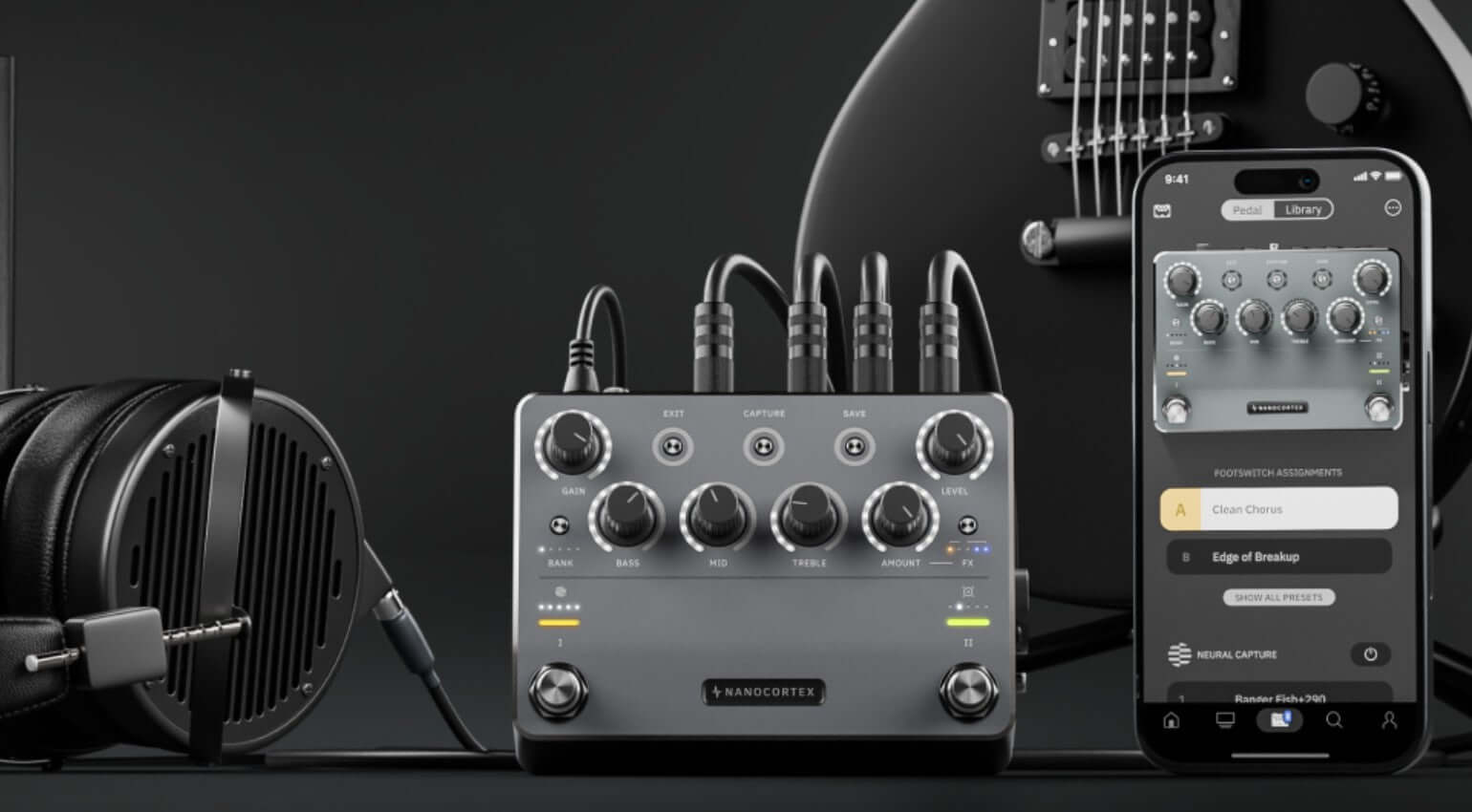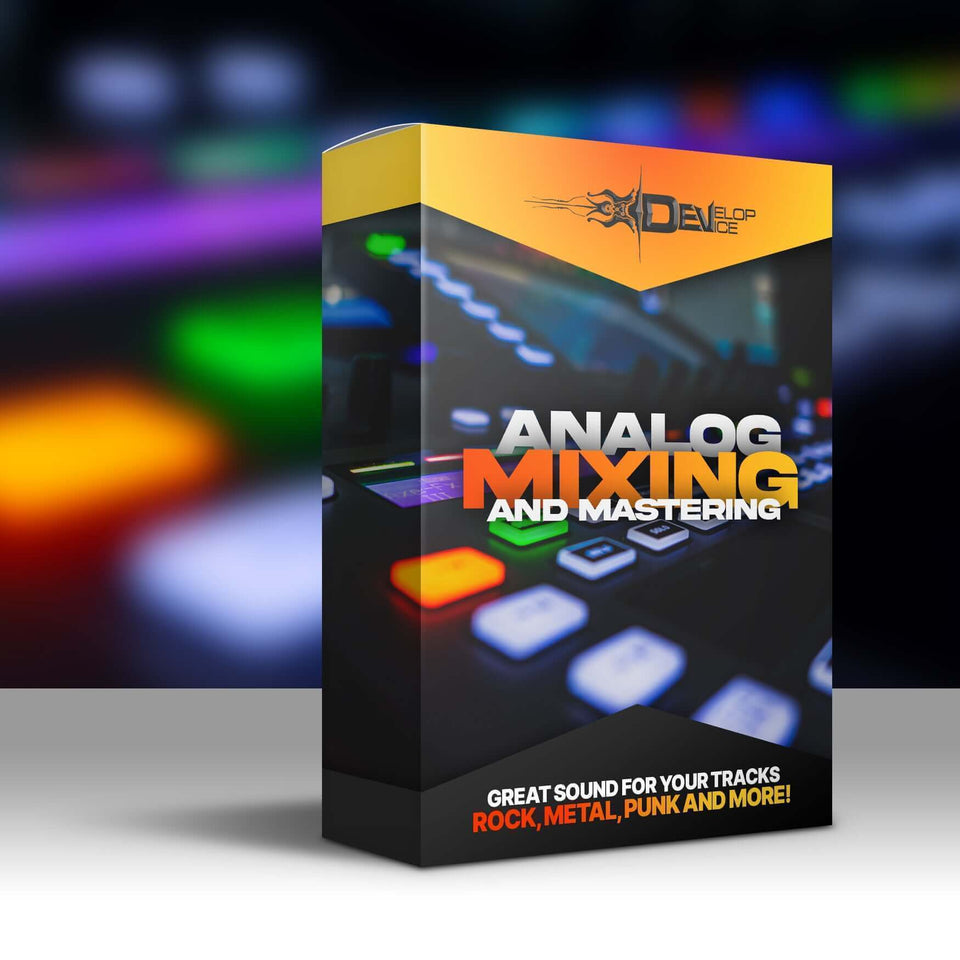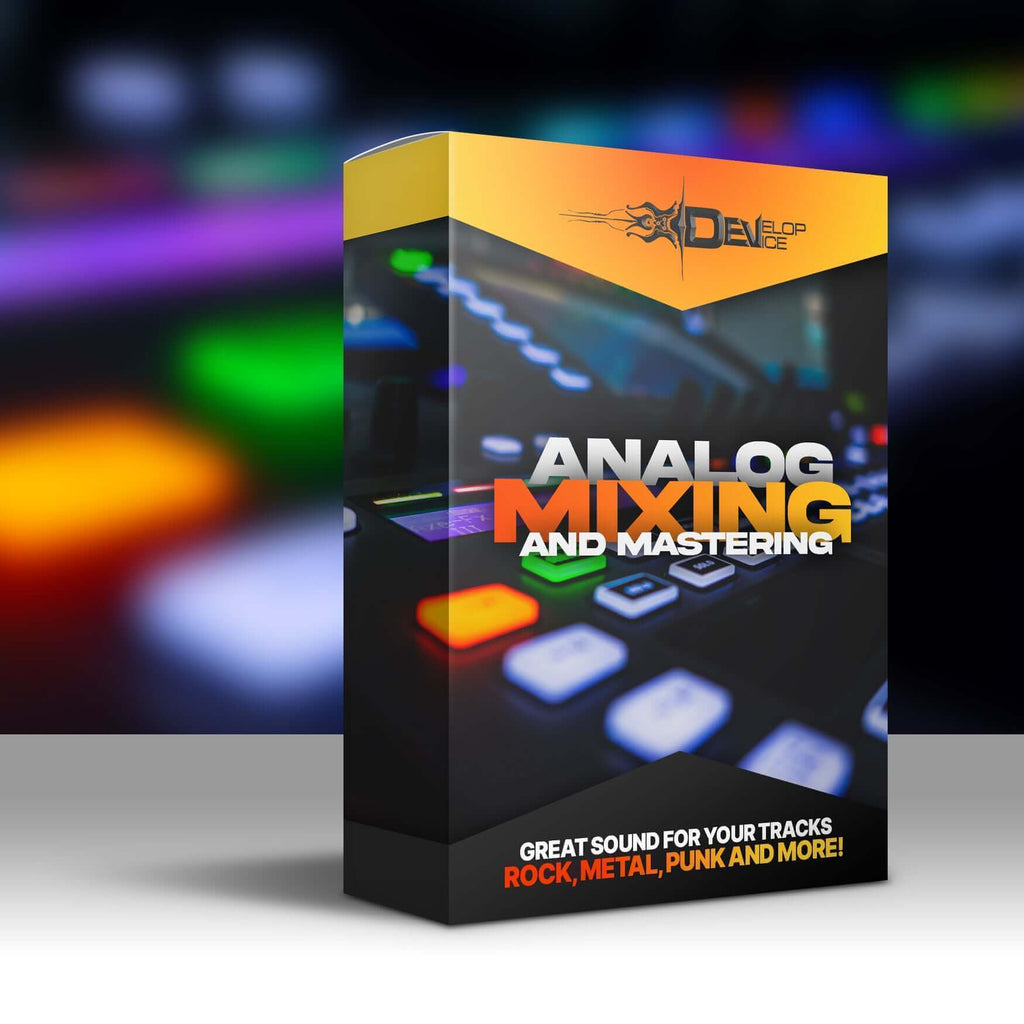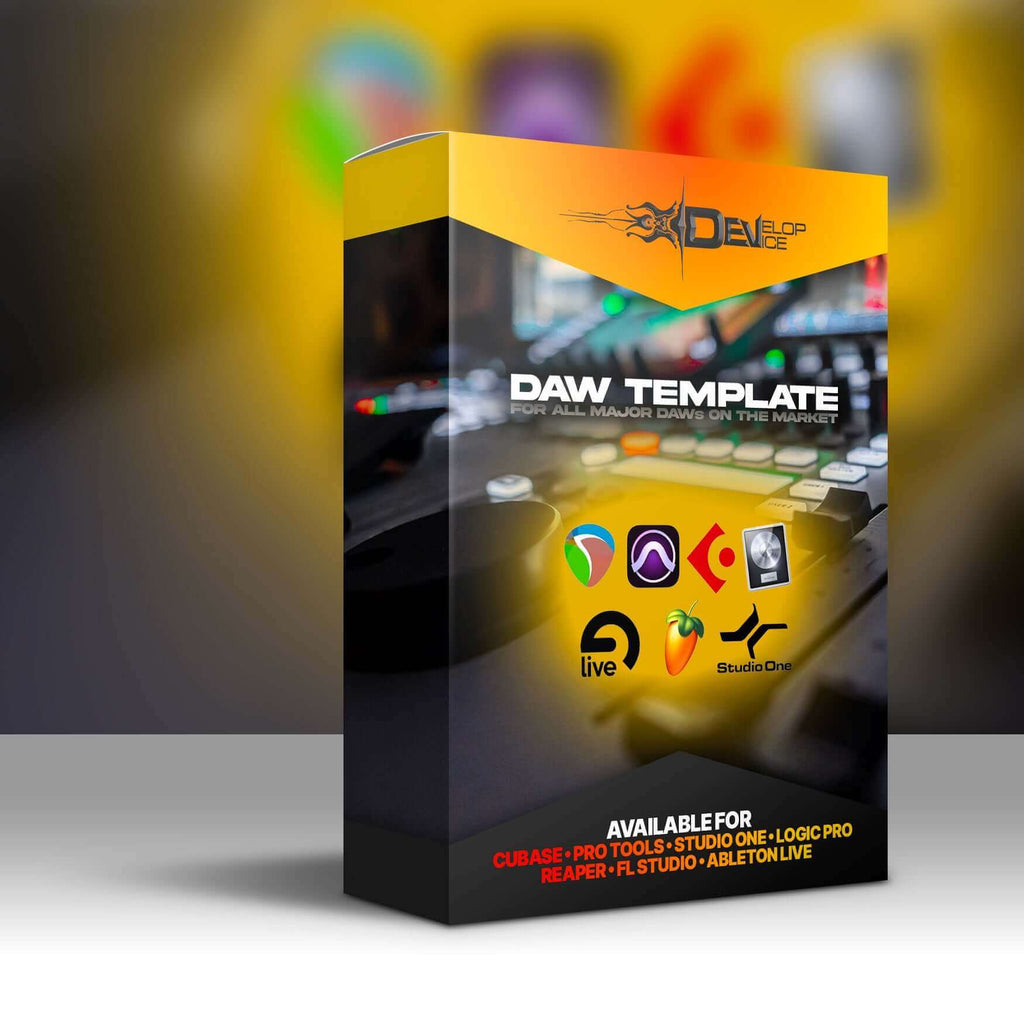Neural DSP Quad Cortex vs. Nano Cortex: Detailed Breakdown

When considering high-quality, versatile floorboard amp modelers, Neural DSP offers two exceptional choices: Quad Cortex and Nano Cortex. Both are cutting-edge tools for musicians, but they target different user needs. Below is a deeper dive into their features, differences, and ideal applications.
Quad Cortex: The Titan of Sound Design
The Quad Cortex represents the pinnacle of Neural DSP's engineering. Its standout feature is the six-core SHARC+ processor, which provides unmatched processing power. Musicians can stack numerous high-quality amp models and effects with zero latency, making it the ideal platform for creating deeply complex tones. In addition to its massive processing power, Quad Cortex offers:
- Neural Capture™ Technology: This game-changing feature allows you to capture and replicate the sounds of your own rigs, offering immense flexibility and authenticity. It's one of the most accurate capture systems on the market, which is why many professionals gravitate toward this unit.
- Expansive Sound Library: The Quad Cortex includes 1000+ impulse responses, 90+ amp models, and 100+ effects, from classic amp tones to cutting-edge effects. The depth of this library means there is no shortage of creative potential, whether you’re in the studio or on stage.
- Multi-functionality and Intuitive UI: The touch interface is highly intuitive, making tone crafting easy and immediate. Additionally, it supports MIDI, USB, and Wi-Fi connectivity, allowing updates and preset sharing across the platform.
Given its specs, the Quad Cortex is ideal for professional guitarists, session musicians, and producers who need studio-level flexibility. It can seamlessly handle the complexity of both live performance and recording sessions, all while remaining relatively compact and portable.
Nano Cortex: Maximum Portability, Minimum Compromise
The Nano Cortex is designed with portability in mind. While it shares some of the technology and sound-shaping capability of its larger sibling, it’s more streamlined for musicians who need powerful tones without lugging around a heavier, bulkier unit. Key features include:
- Lightweight Design: The Nano Cortex is incredibly portable, making it perfect for guitarists who frequently travel or perform in different venues. It sacrifices some processing power but still retains Neural DSP’s acclaimed sound quality.
- Simplified Interface: Unlike the Quad Cortex's extensive sound library, the Nano Cortex focuses on providing key amp models and effects that most users will rely on during performances or quick recording sessions.
- Quick Access to Essential Features: With fewer parameters to manage, the Nano Cortex offers a more streamlined workflow for players who don’t need the advanced features of the Quad Cortex but still want excellent sound quality in a compact package.
Head-to-Head: Key Differences
- Processing Power: The Quad Cortex’s six-core processor is unmatched by the Nano Cortex, allowing more simultaneous amp models, effects, and impulse responses. The Nano Cortex, while powerful for its size, is designed for simpler signal chains.
- Portability: The Nano Cortex is the clear winner in terms of portability, being lighter and smaller than the Quad Cortex. This makes it a go-to option for traveling musicians who prioritize ease of transport.
- Sound Design Options: While both units deliver Neural DSP’s signature tone quality, the Quad Cortex has a broader palette of tones due to its larger library and ability to handle more complex processing.
- Use Case: The Quad Cortex is aimed at studio professionals, session musicians, and live performers who need ultimate flexibility. The Nano Cortex, on the other hand, is better suited for gigging musicians who need a smaller, more accessible solution without sacrificing tone.
Real-world Applications
- Live Performance: For musicians playing large venues or using complex signal chains, the Quad Cortex’s ability to handle multiple amps and effects with ease makes it the clear choice. For smaller, more intimate performances or quick setups, the Nano Cortex offers the simplicity and portability needed.
- Studio Recording: The Quad Cortex shines in the studio due to its high-level processing and ability to replicate custom amplifier setups. The Nano Cortex can still serve well in a studio setting, especially for simpler recordings or fast re-amping, but its features are more limited compared to the Quad.
- Traveling and Convenience: If portability is the top priority, the Nano Cortex’s lightweight design is ideal for musicians constantly on the go, ensuring they have access to high-quality tones without being weighed down by gear.
Which One Should You Choose?
Choosing between the Quad Cortex and Nano Cortex comes down to identifying your specific needs as a musician or producer. If you require maximum processing power, the ability to craft deeply complex sounds, and a professional-level solution for both live and studio work, the Quad Cortex is the obvious choice. However, if you need a more streamlined, lightweight option that delivers Neural DSP’s trademark tone quality in a more accessible format, the Nano Cortex will be the better option.
Both units reflect Neural DSP’s commitment to high-quality, cutting-edge technology, but each serves a unique purpose. Deciding between them depends on whether you prioritize power and flexibility or portability and ease of use.










Leave a comment
All comments are moderated before being published.